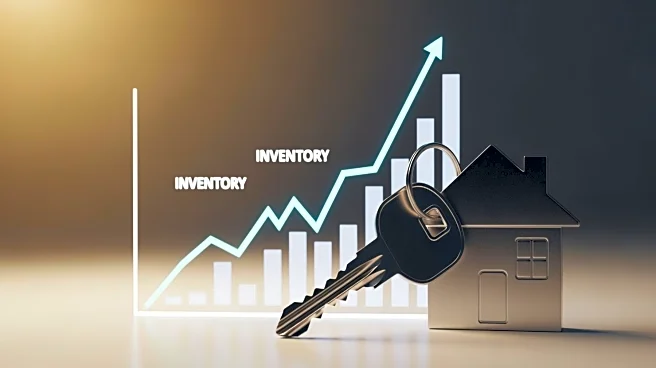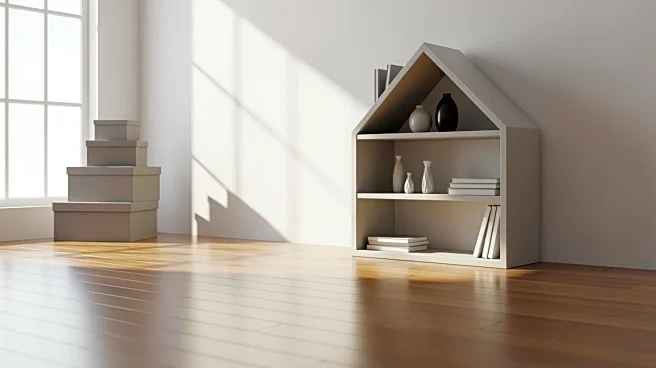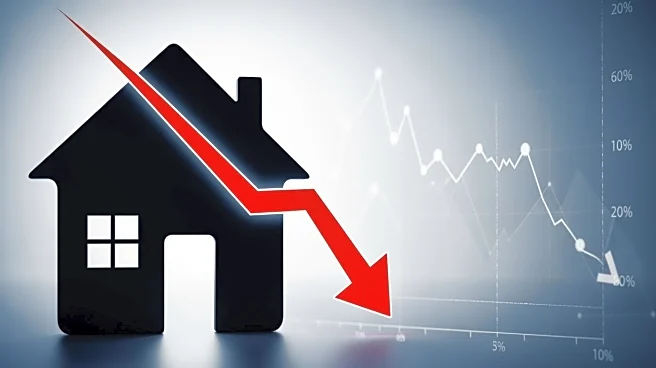What's Happening?
In September, Tulsa experienced a notable decrease in home prices, with the median listing price dropping to $269,900. This represents a significant decline from the previous month. Additionally, the number
of homes listed for sale increased by 2.1% compared to the previous month, marking a larger-than-usual rise for this time of year. Homes in Tulsa are also taking longer to sell, averaging 53 days on the market, which is an increase from both the previous month and the same period last year. The price per square foot in Tulsa decreased by 1.8%, contrasting with the national decrease of 0.8%. The total inventory of homes for sale in Tulsa reached 1,173, up 2.1% from the previous month and 3.9% from the same time last year.
Why It's Important?
The decline in home prices and slower sales in Tulsa could have significant implications for the local real estate market and economy. Lower home prices may attract more buyers, potentially stimulating demand, but the increased inventory and longer selling times suggest a cooling market. This trend could impact homeowners looking to sell, as they may face longer wait times and potentially lower returns on their investments. Real estate agents and businesses related to housing may also experience shifts in demand and revenue. On a broader scale, these changes in Tulsa's housing market reflect larger national trends, where home prices and sales are experiencing fluctuations due to various economic factors.
What's Next?
If the current trends continue, Tulsa's housing market may see further adjustments in pricing and inventory levels. Stakeholders such as real estate agents, homeowners, and potential buyers will need to monitor these changes closely. Economic conditions, interest rates, and local policies could influence future developments in the market. Additionally, the national housing market trends may continue to impact Tulsa, requiring local stakeholders to adapt to broader economic shifts.
Beyond the Headlines
The decline in home prices and slower sales in Tulsa may also have cultural and social implications. As housing becomes more affordable, it could lead to demographic shifts, with more people moving to the area. This could impact local communities, schools, and infrastructure. Additionally, the real estate market's performance can influence perceptions of economic stability and growth in the region, affecting investor confidence and future development projects.











